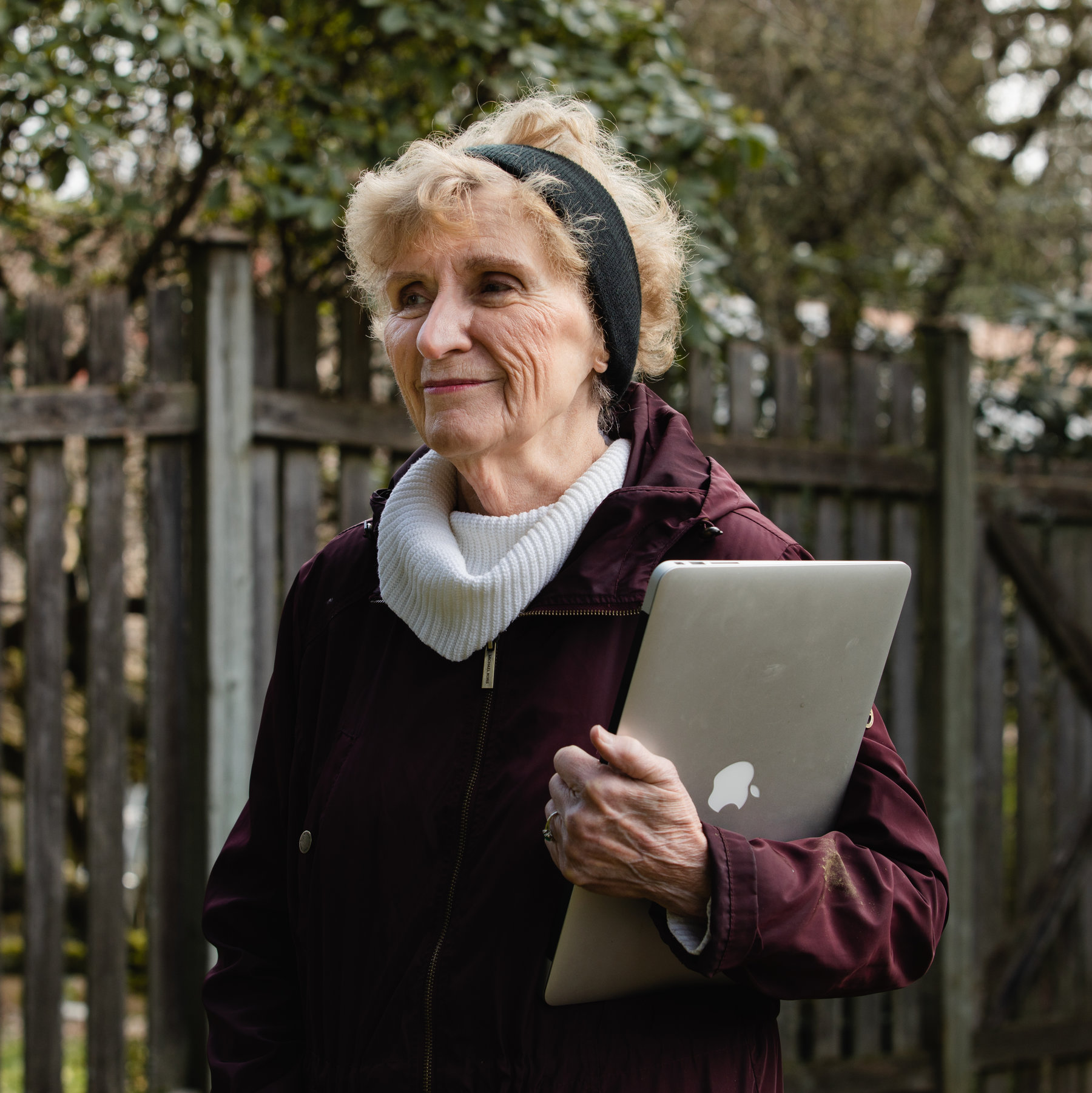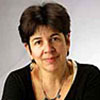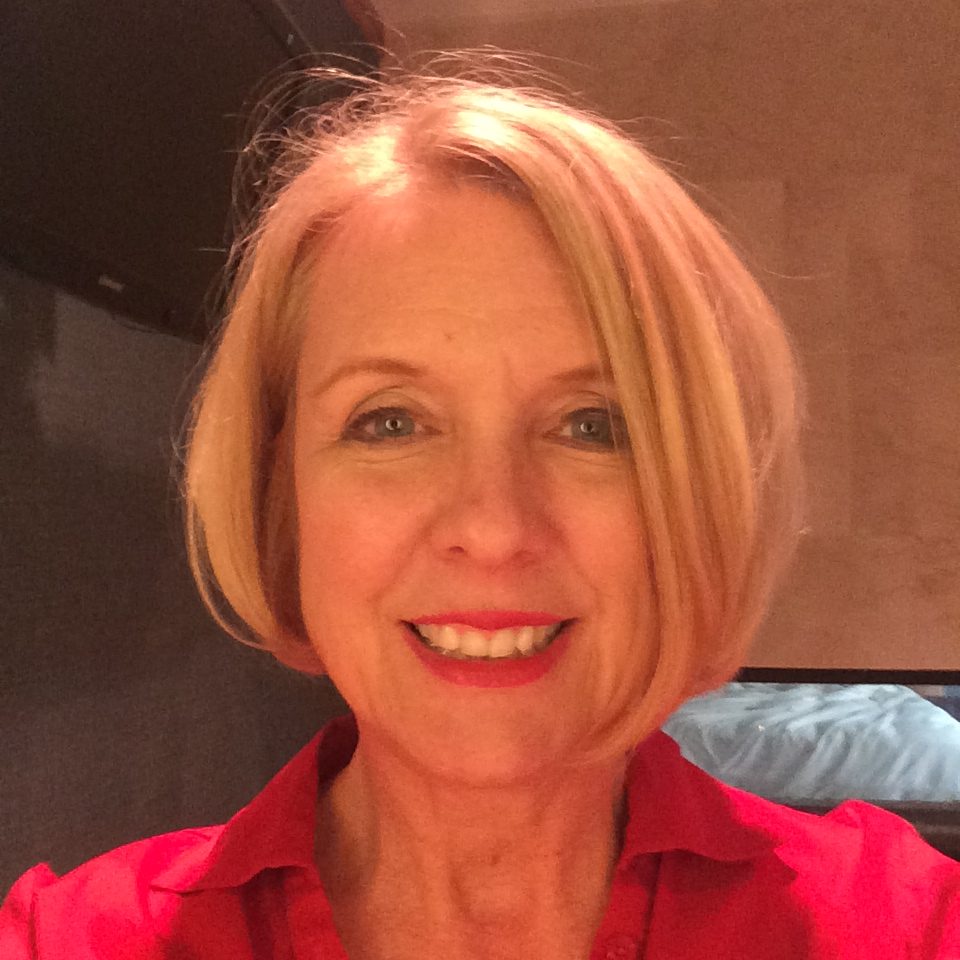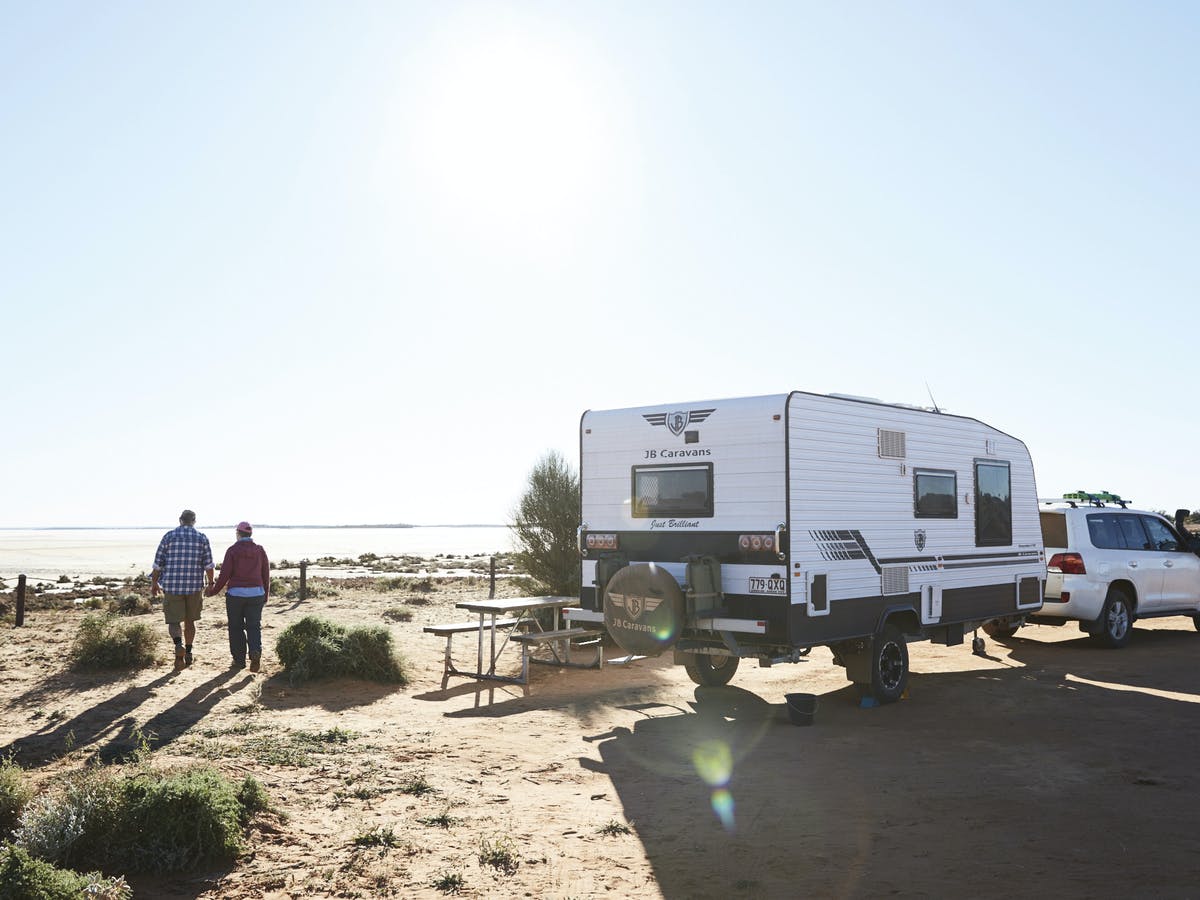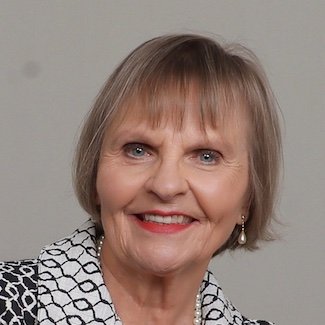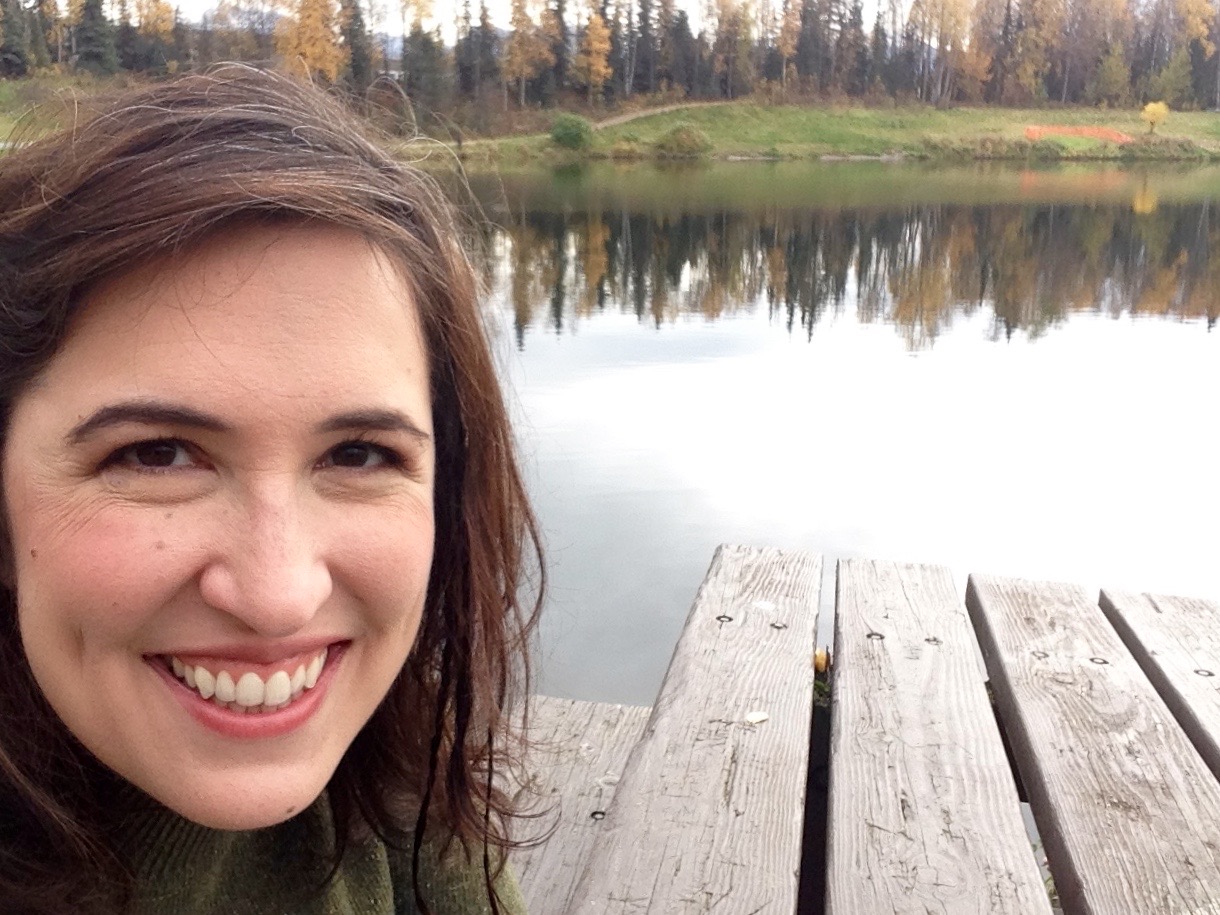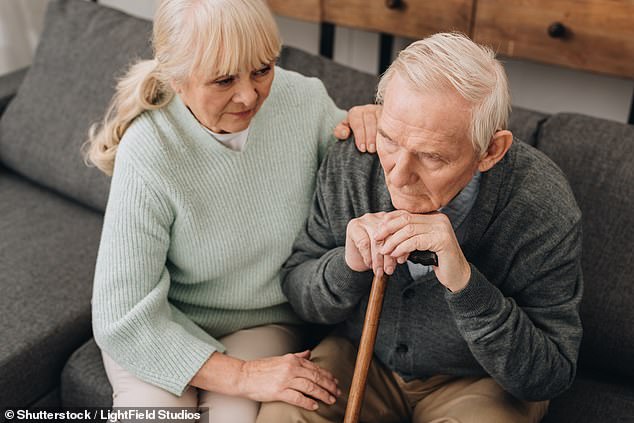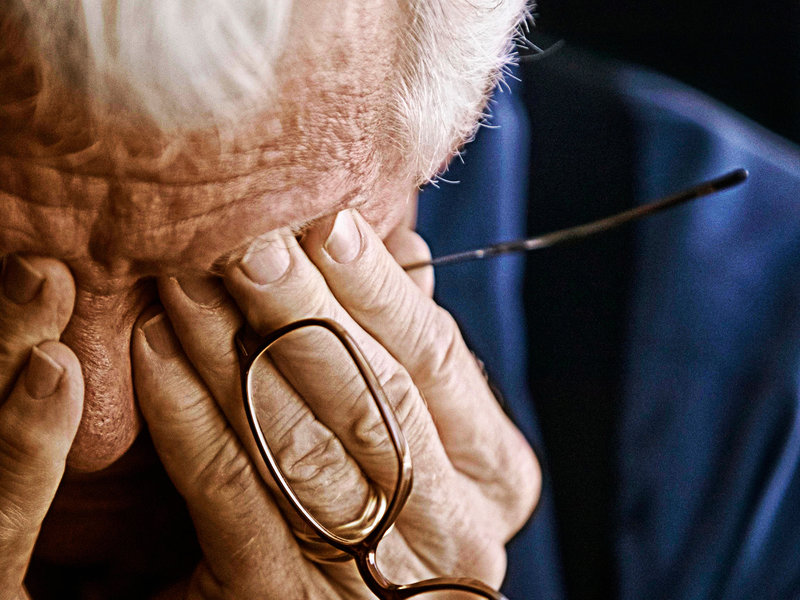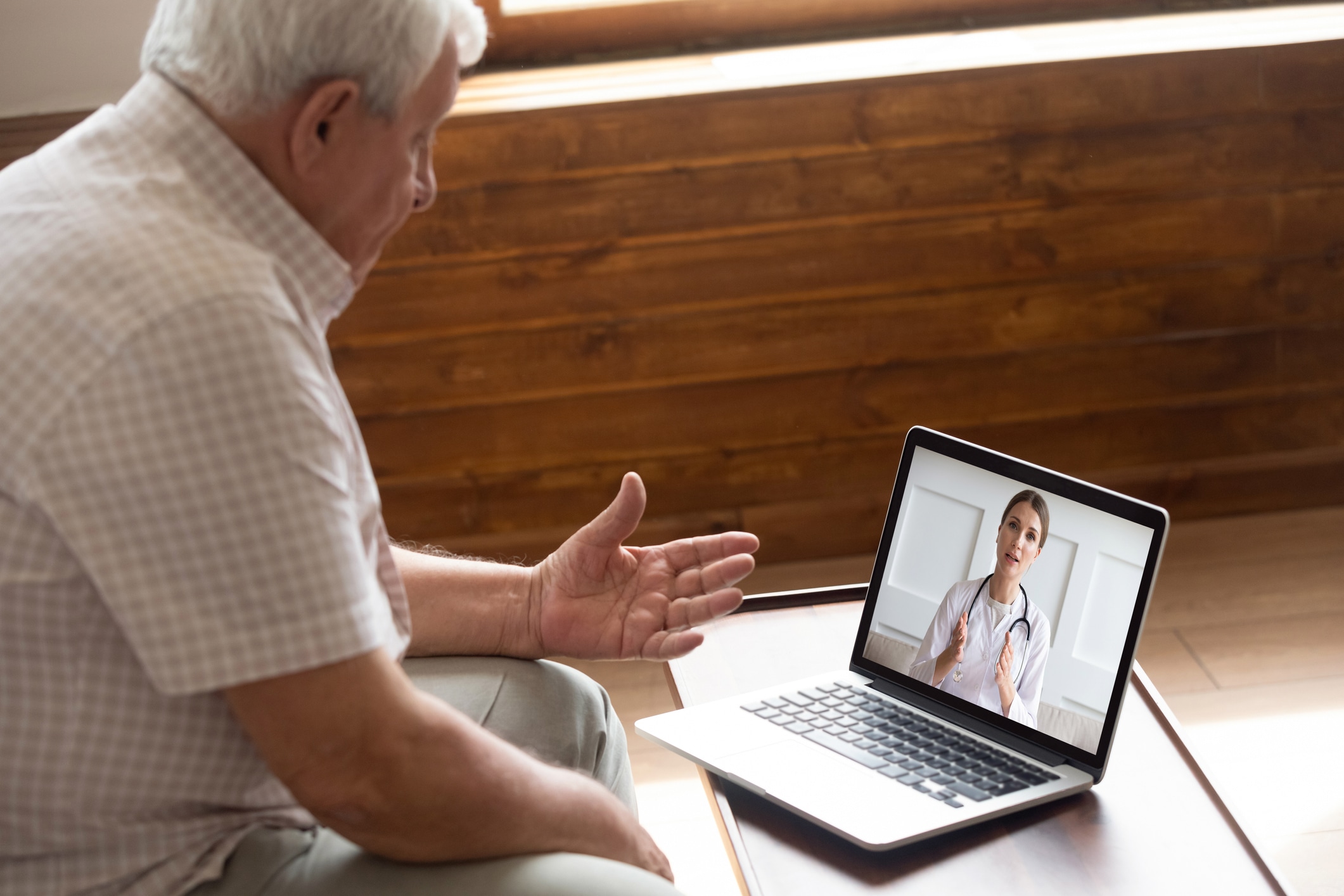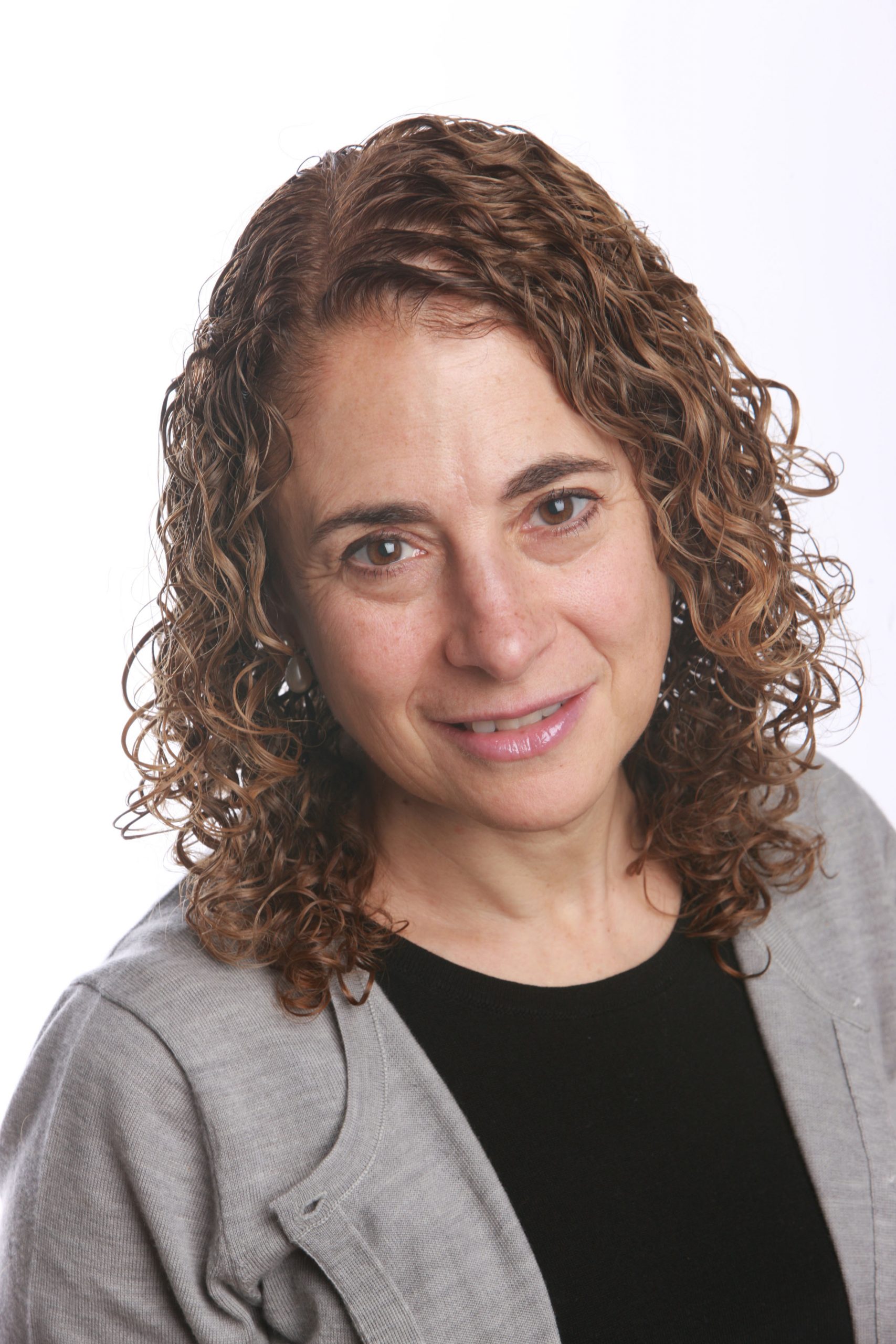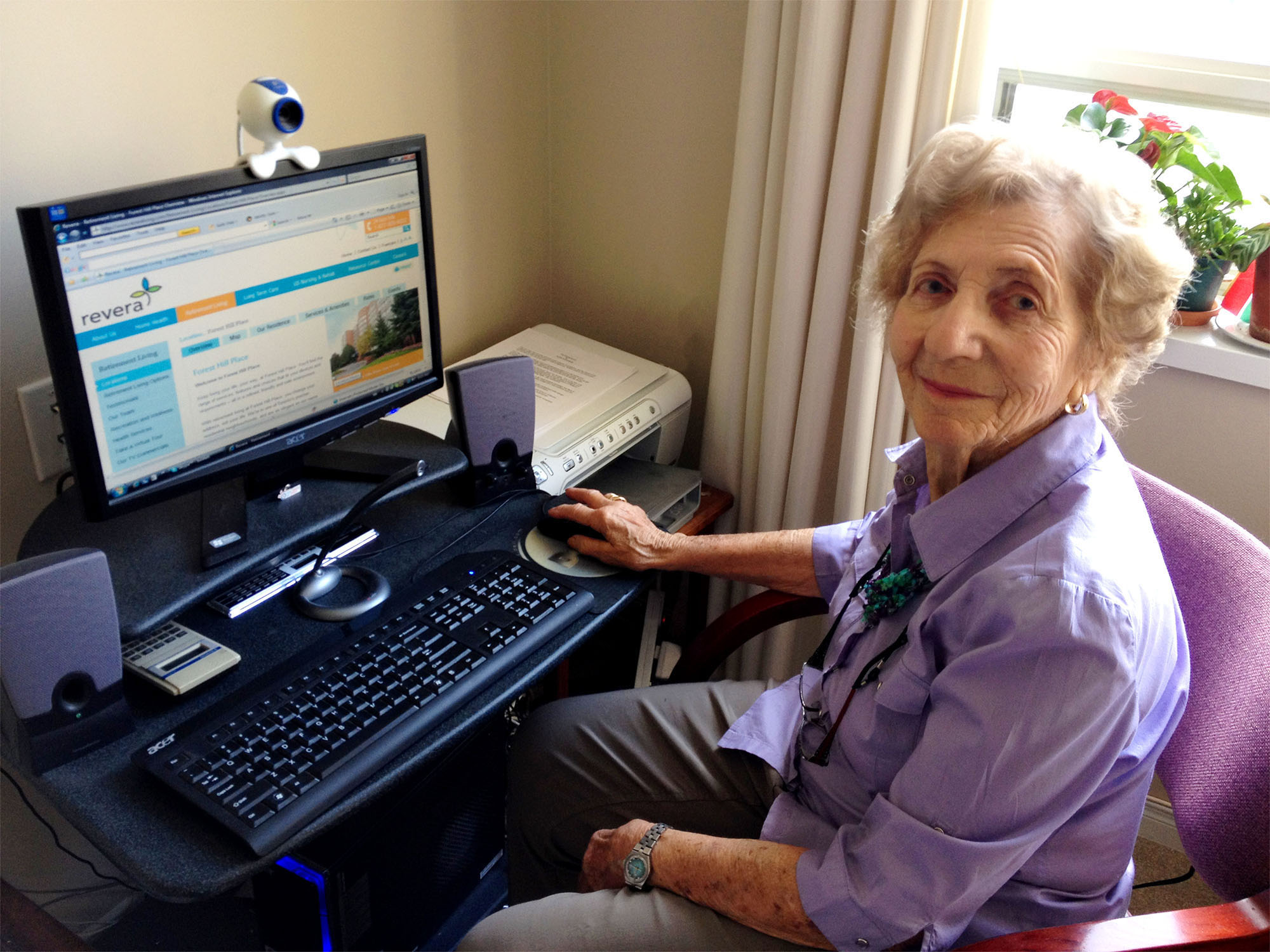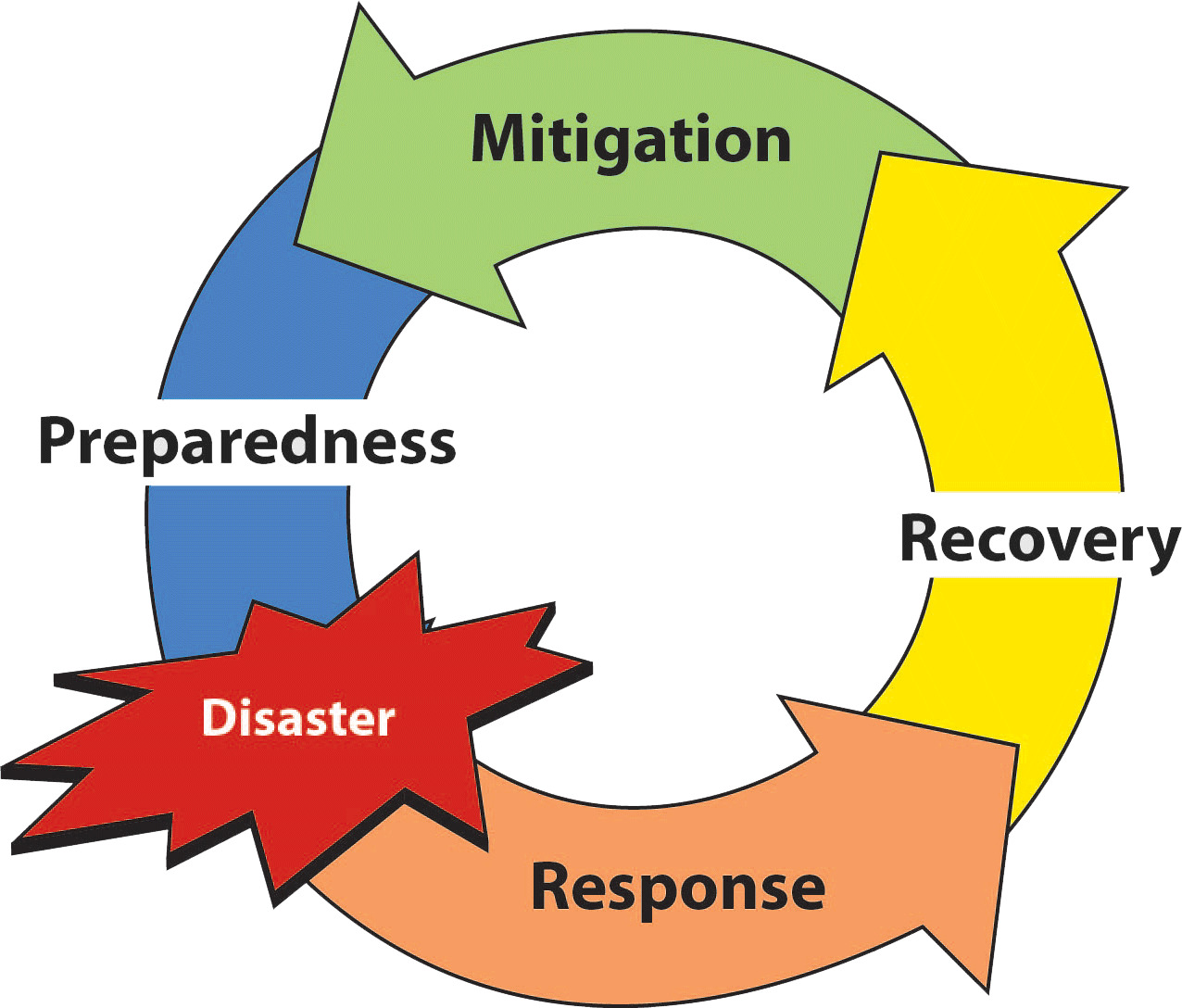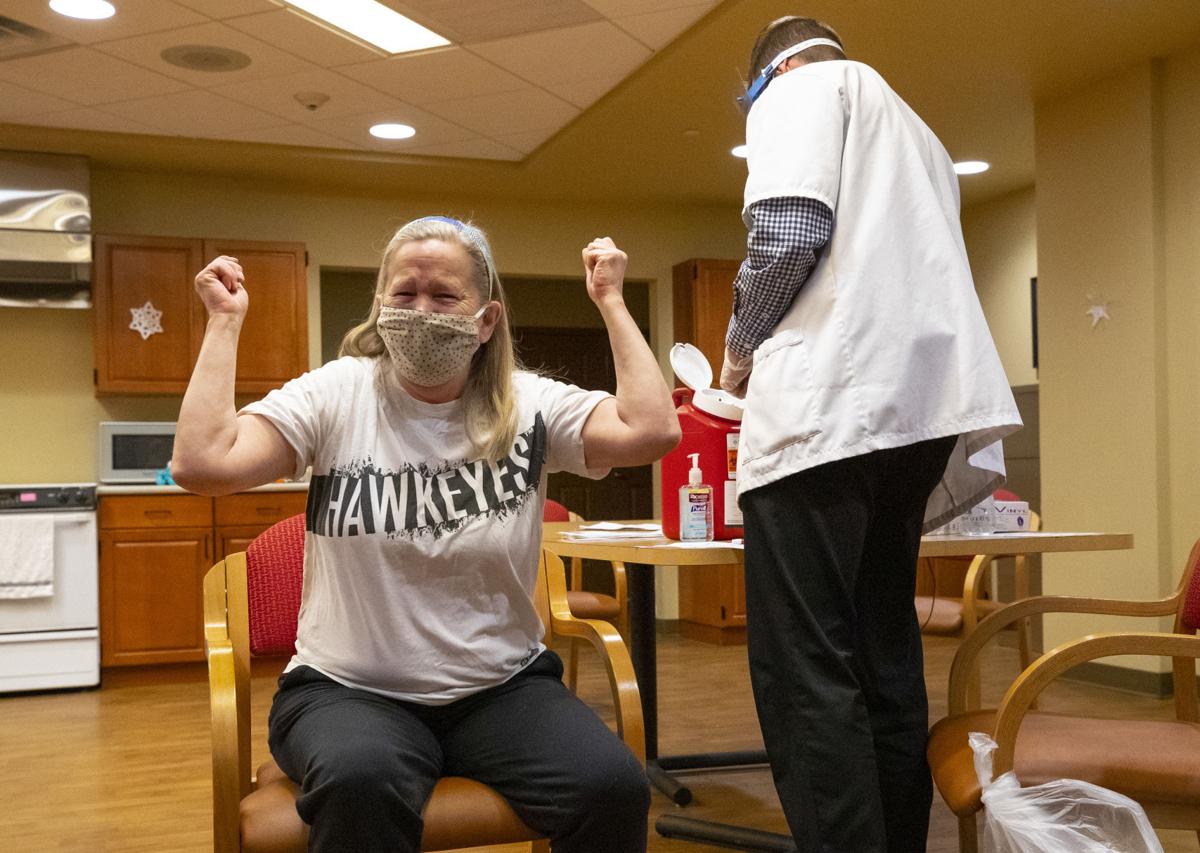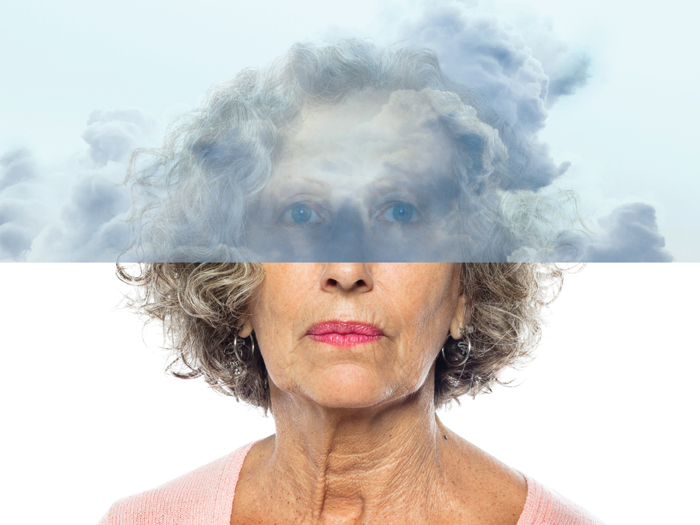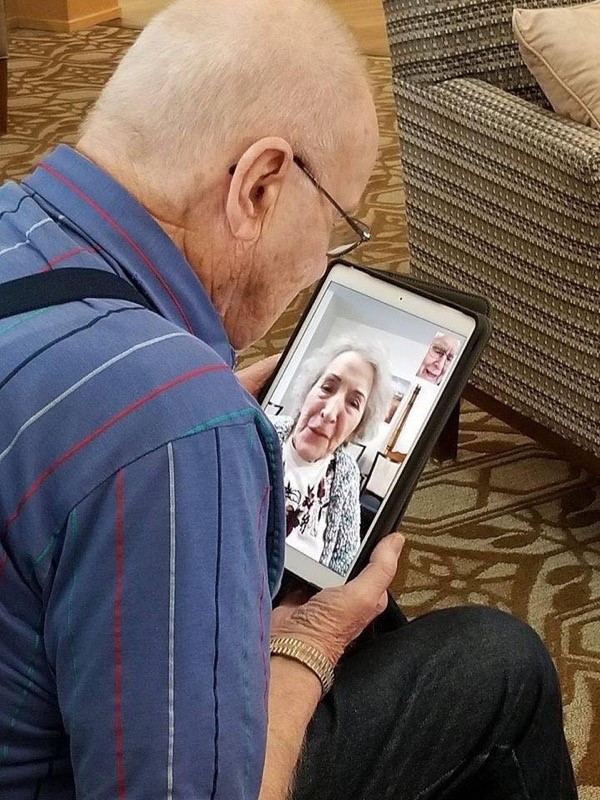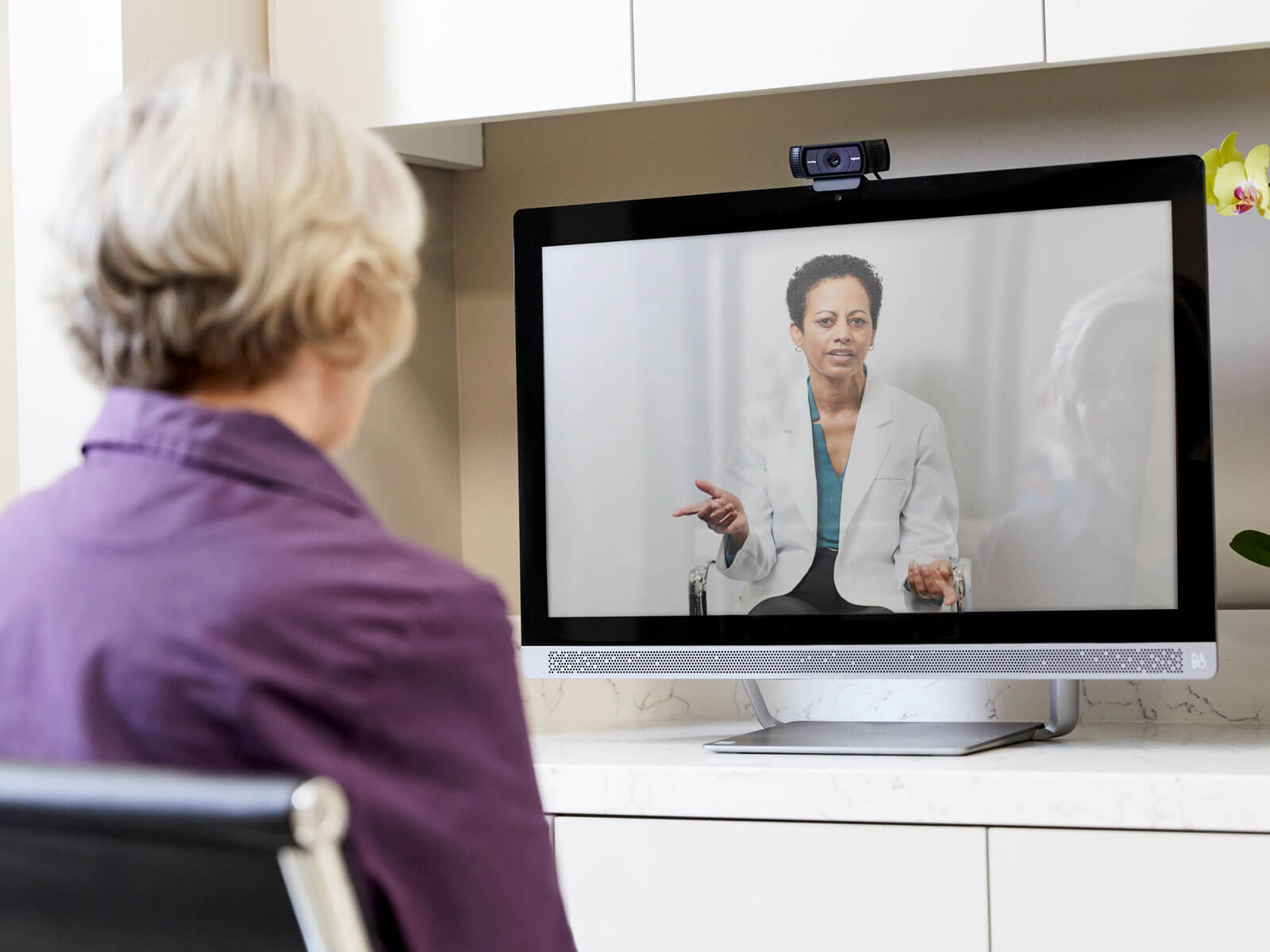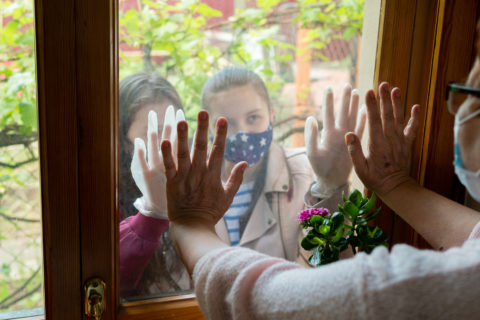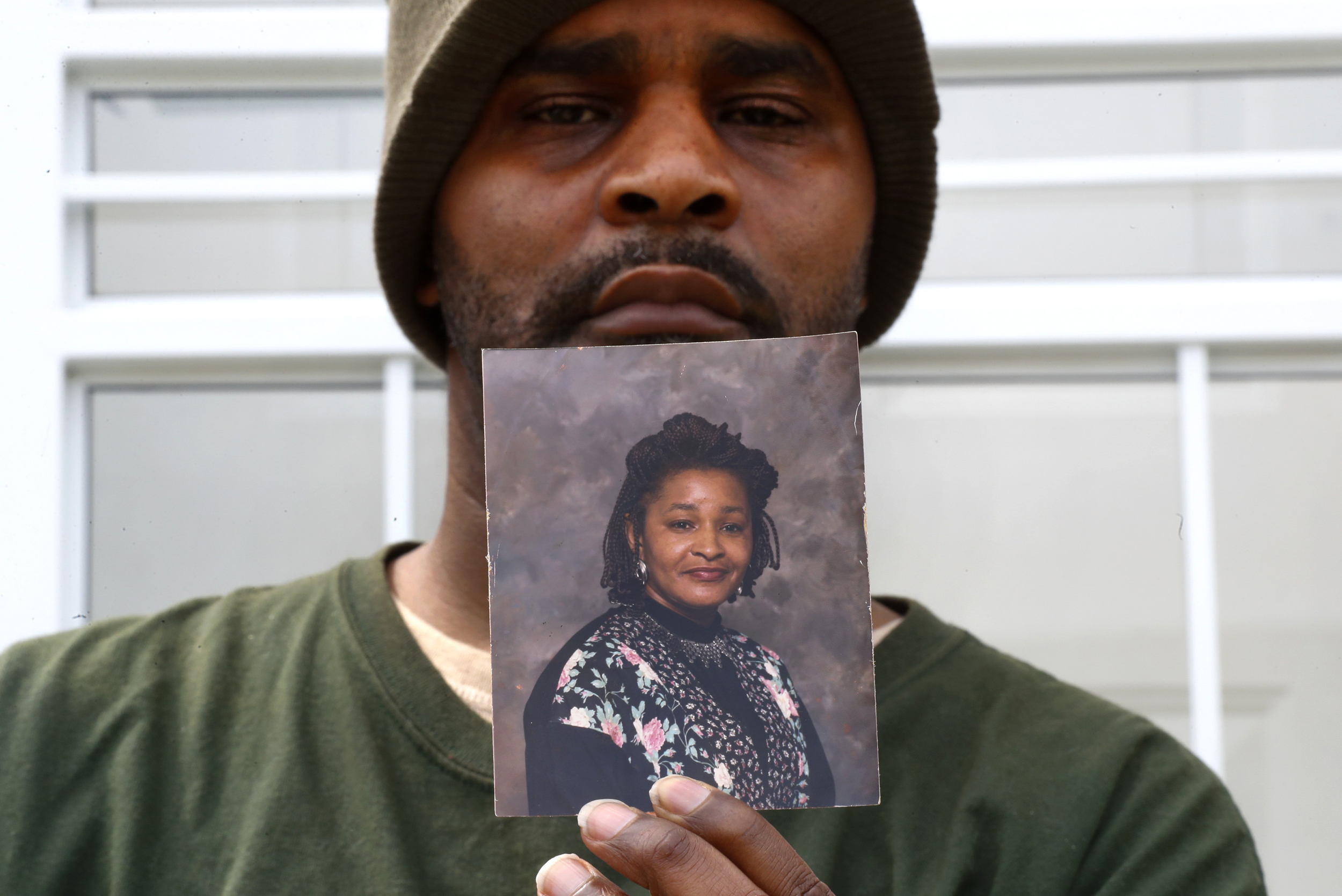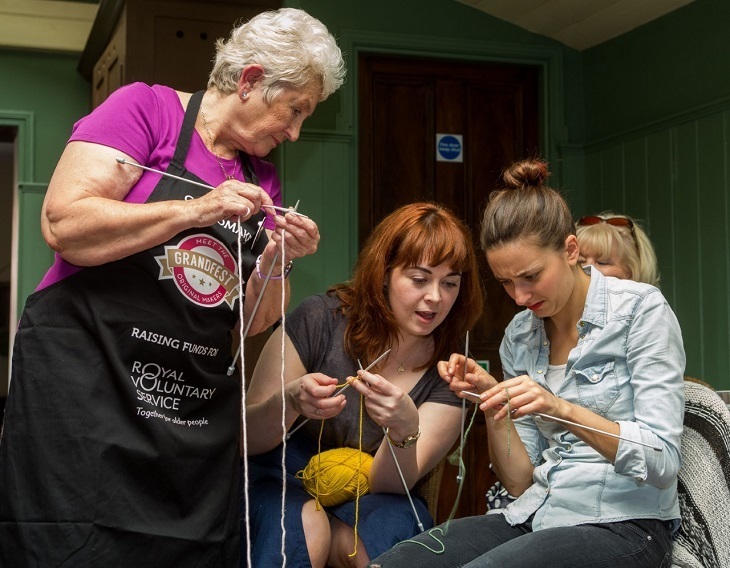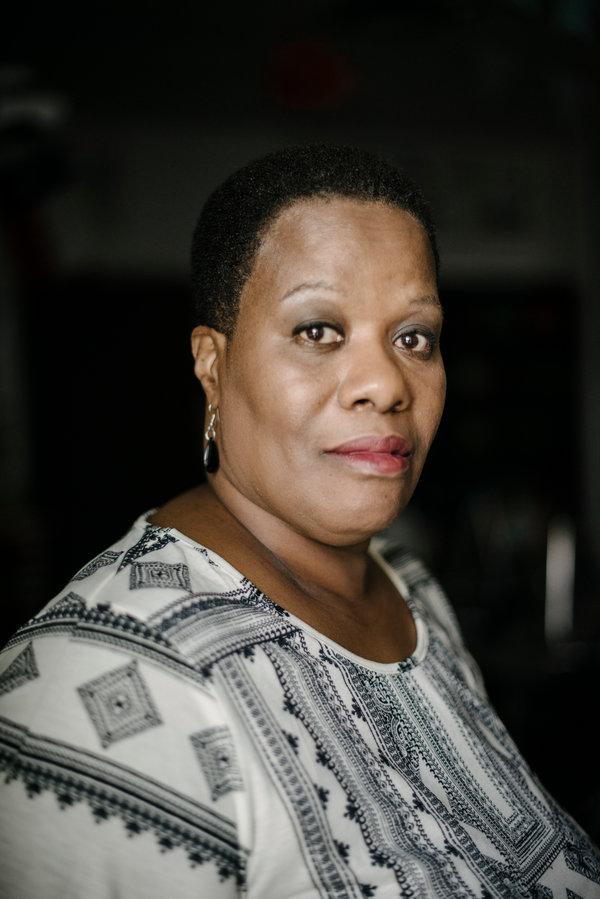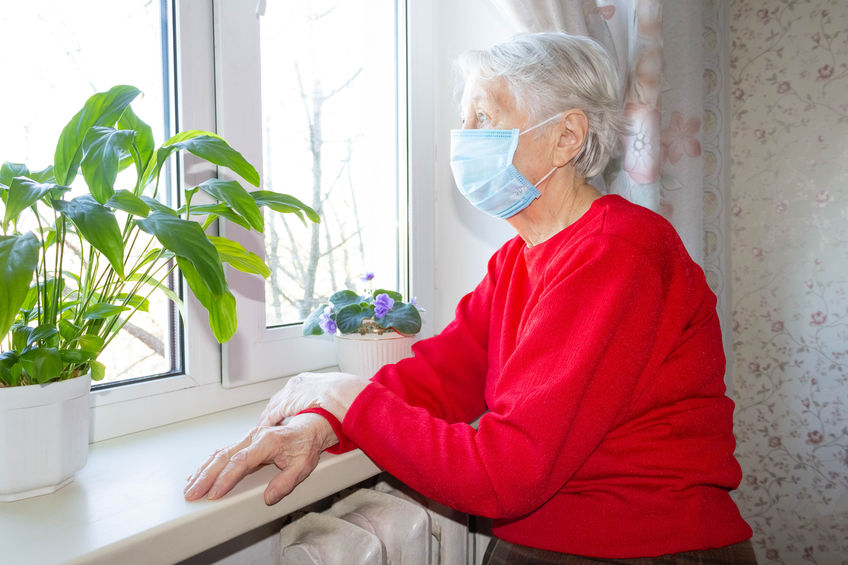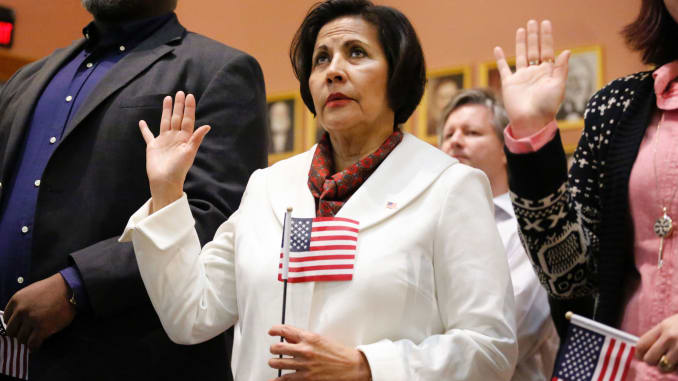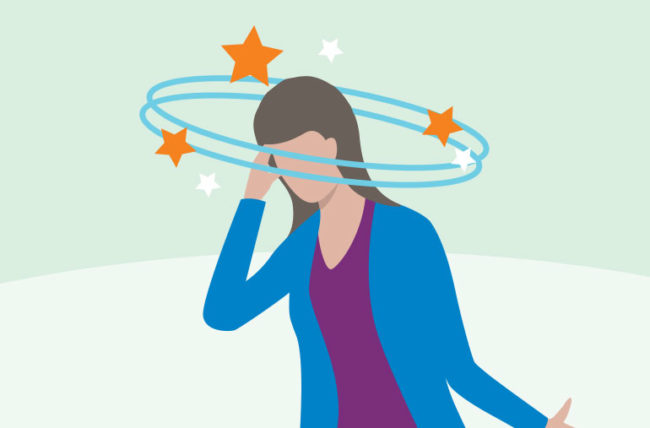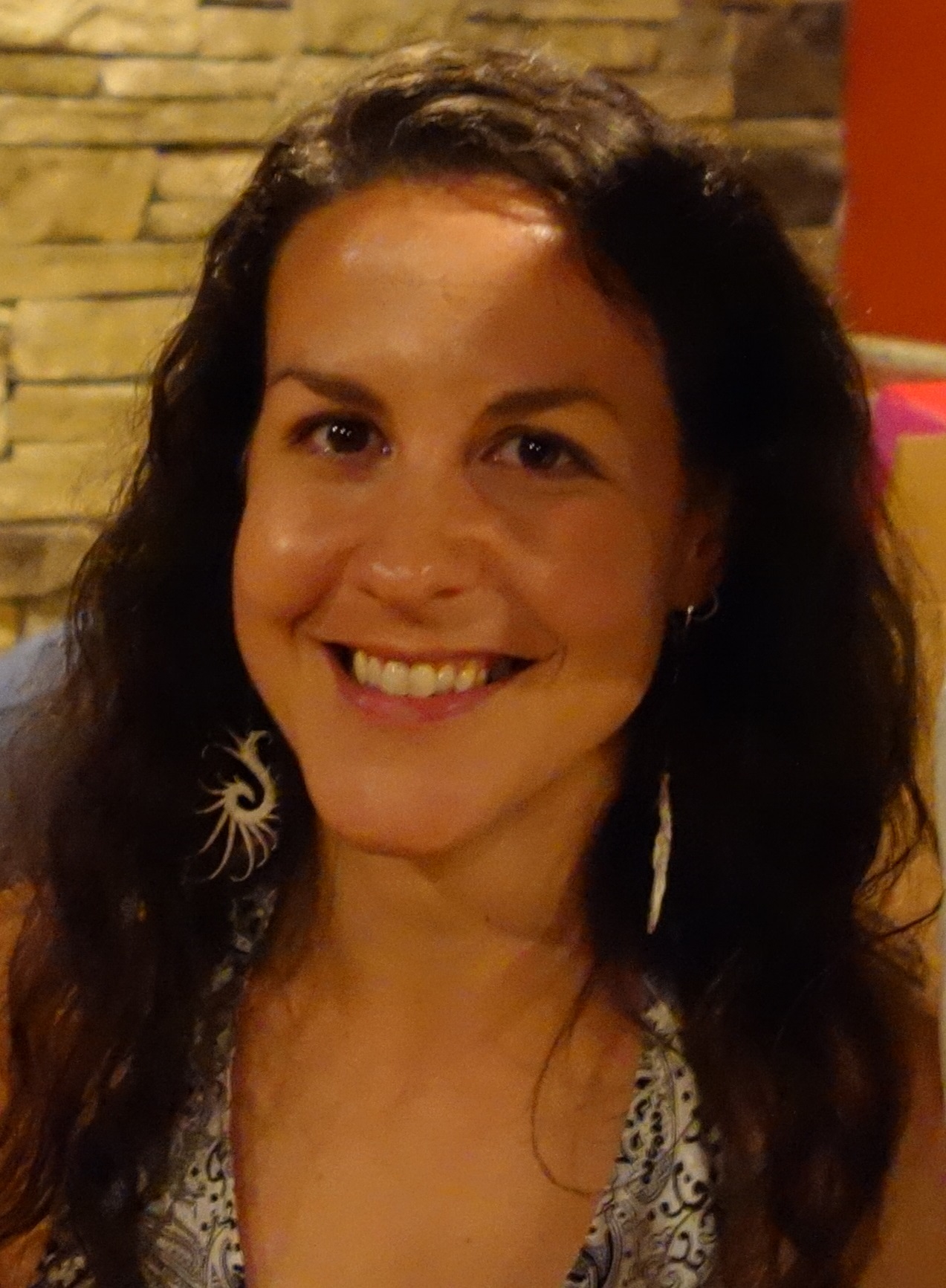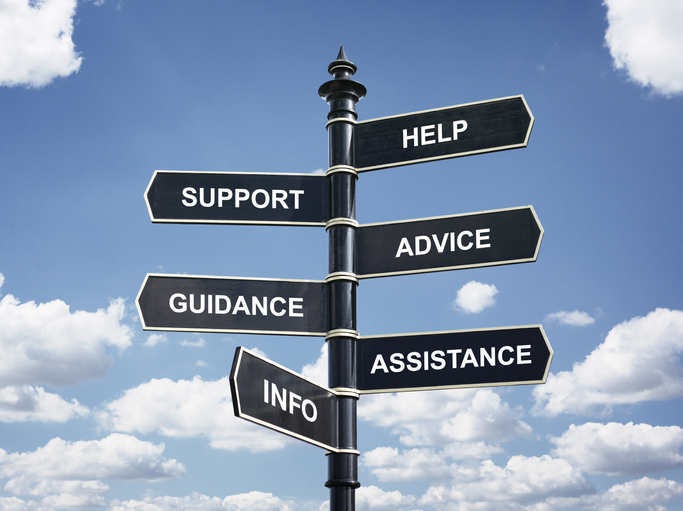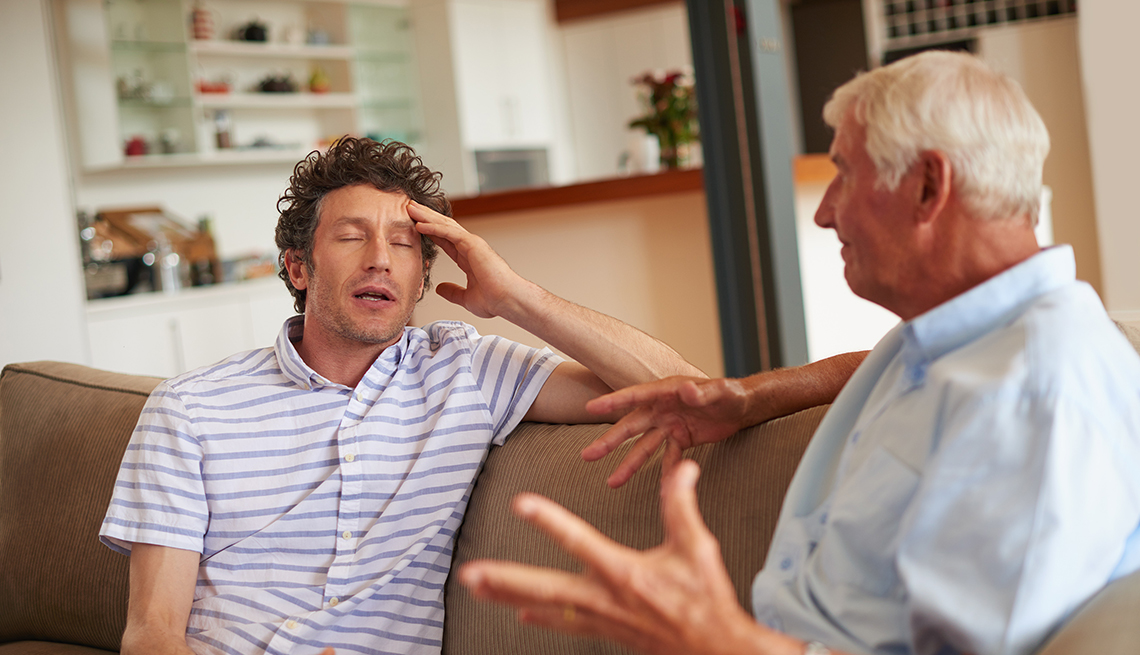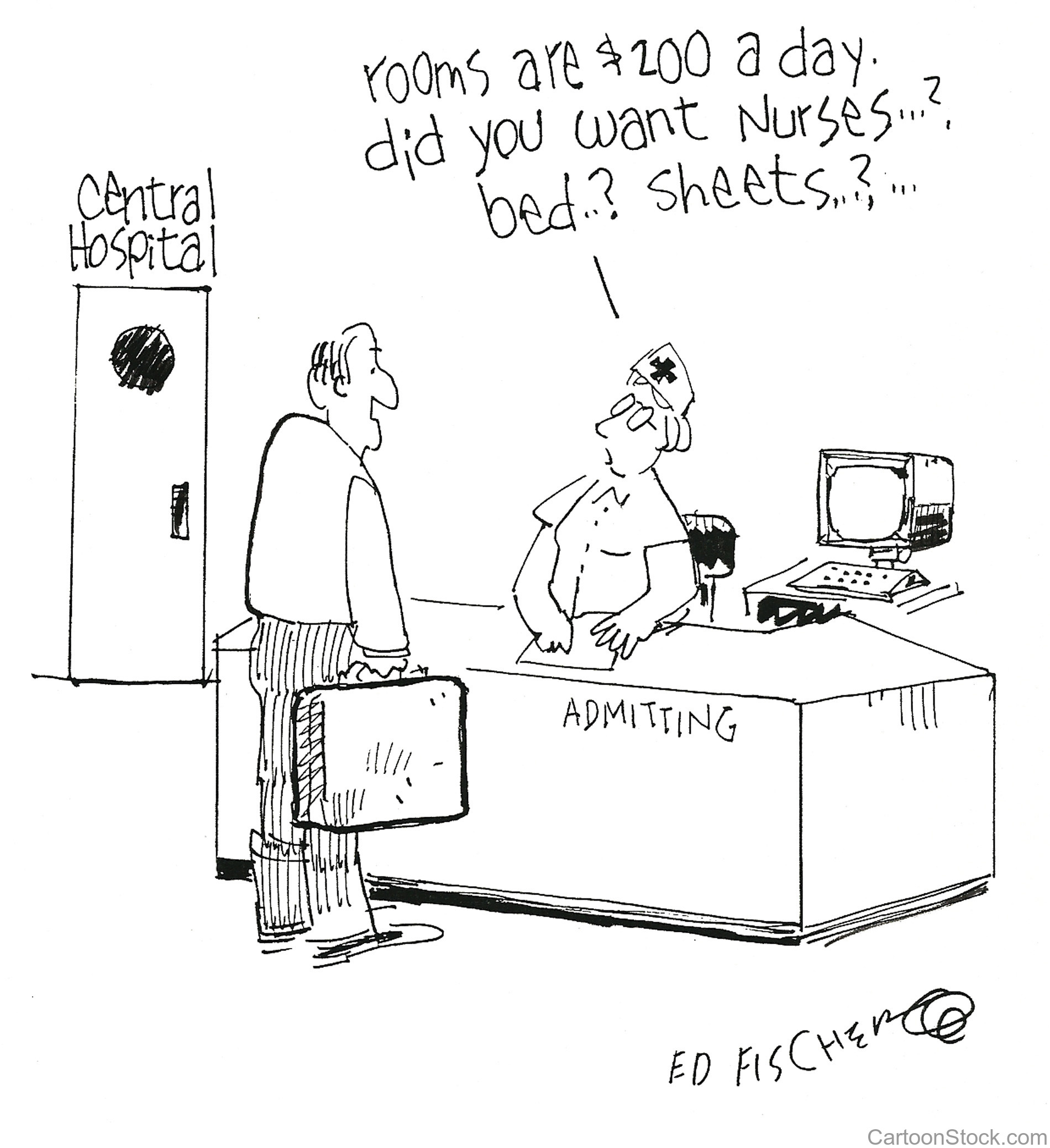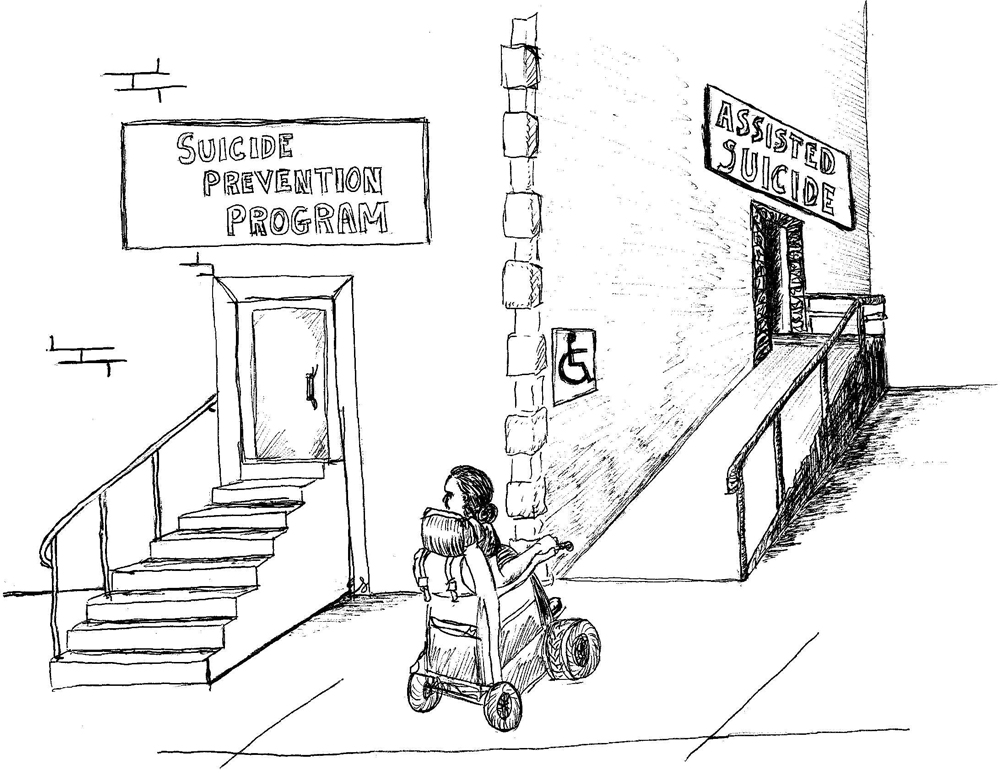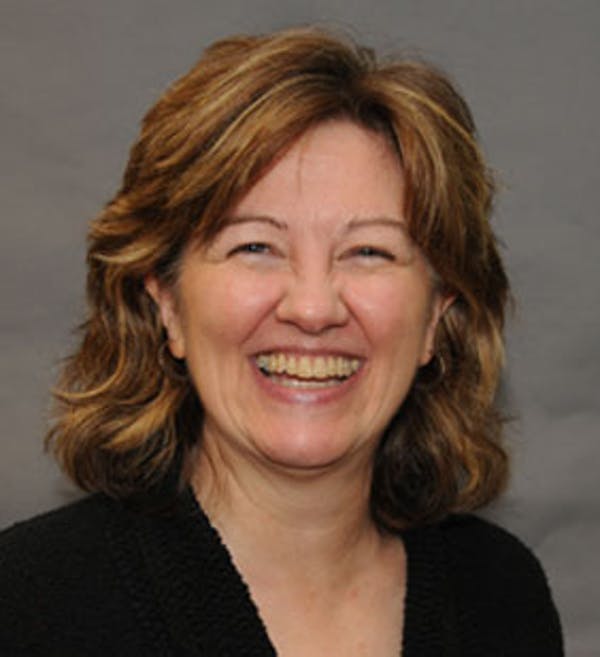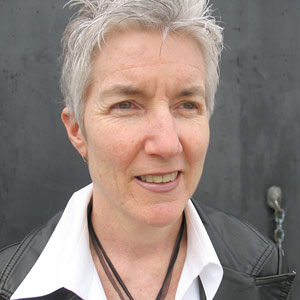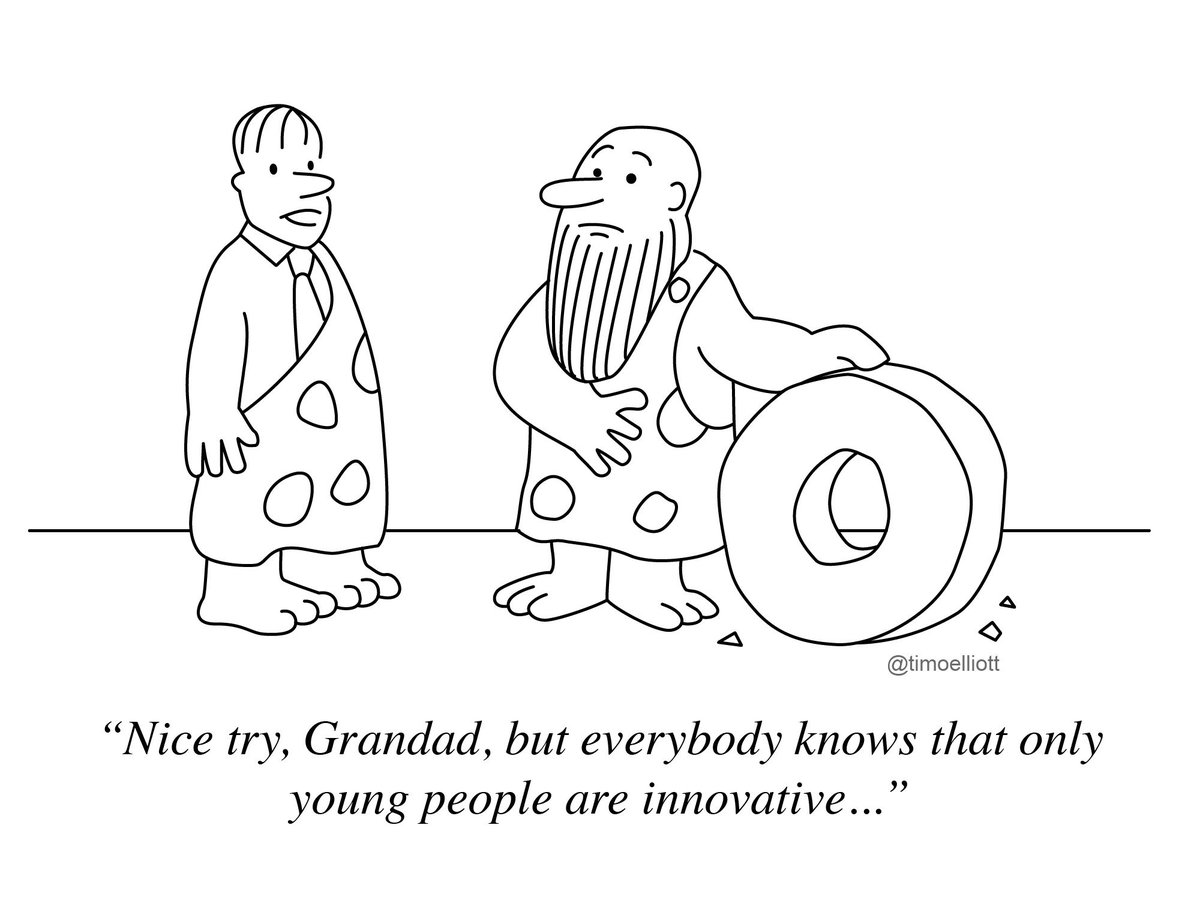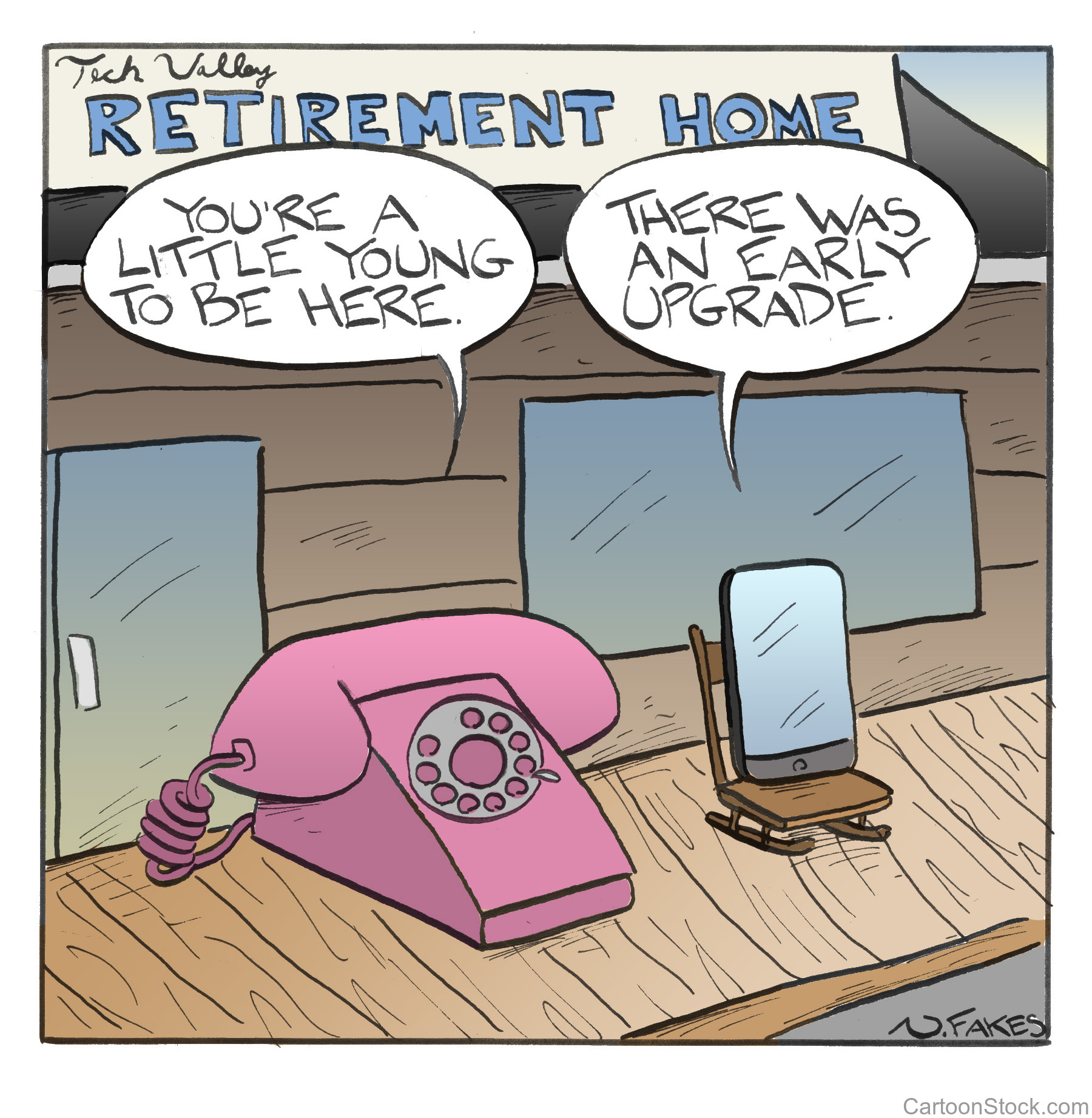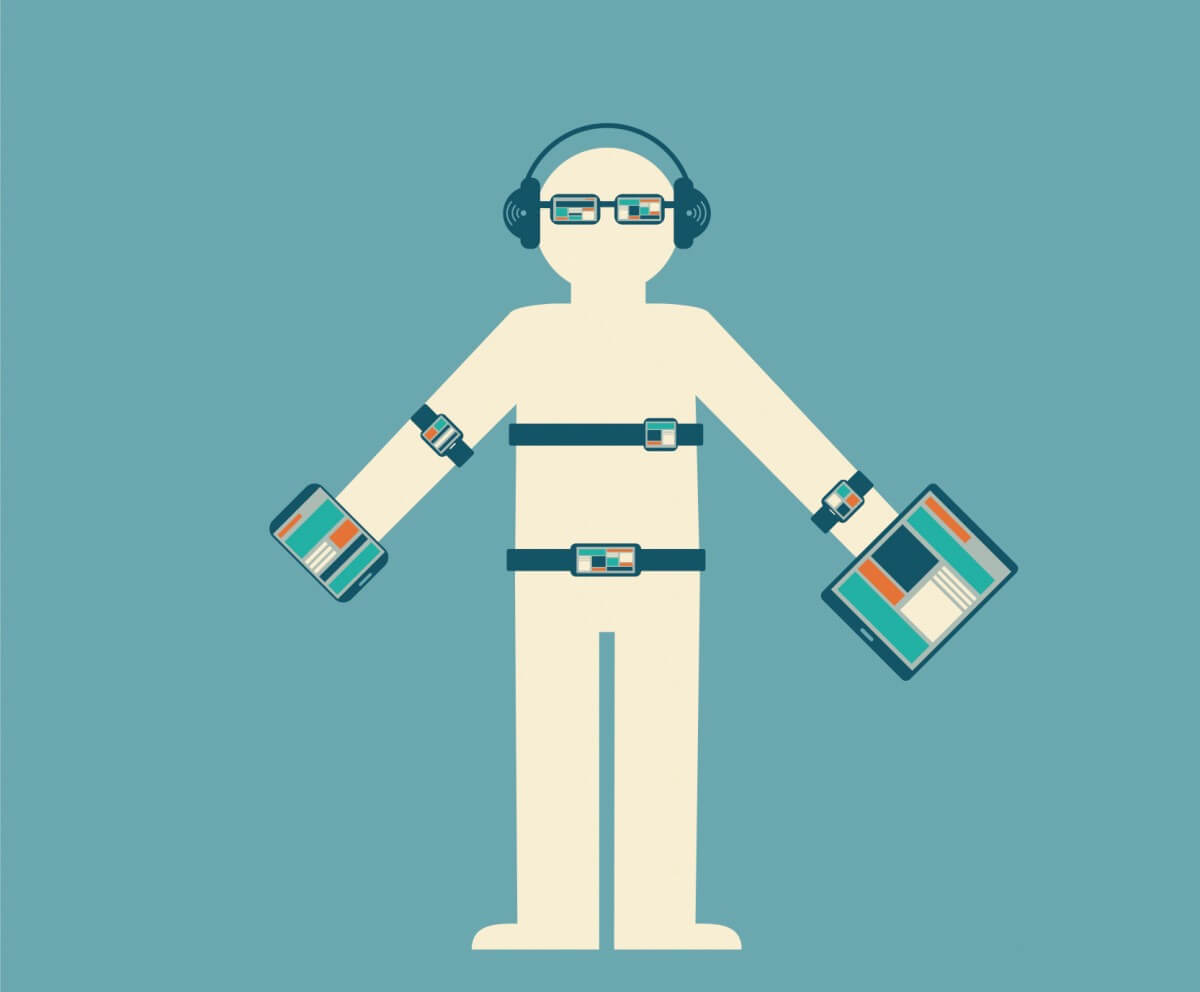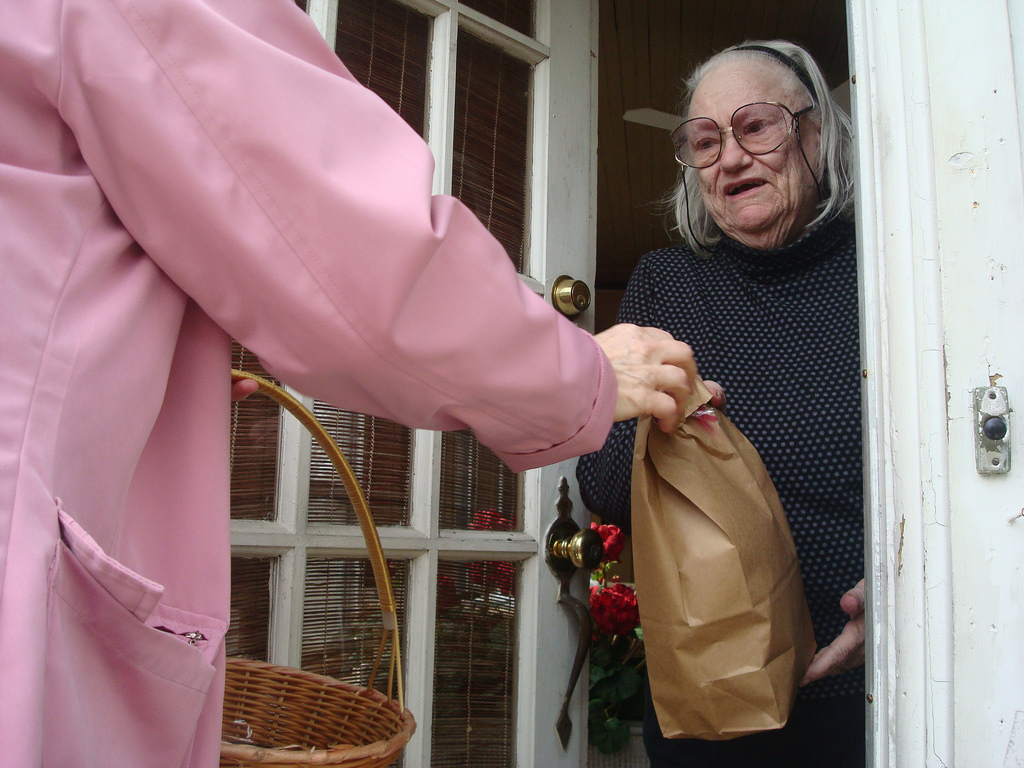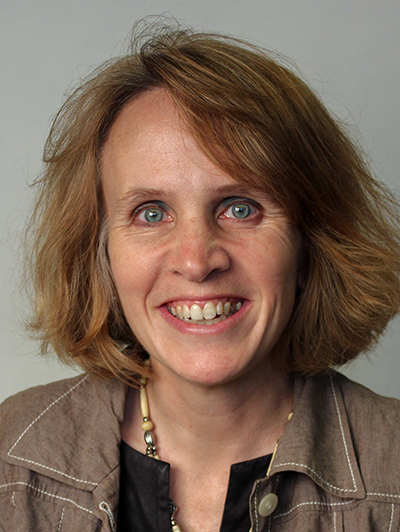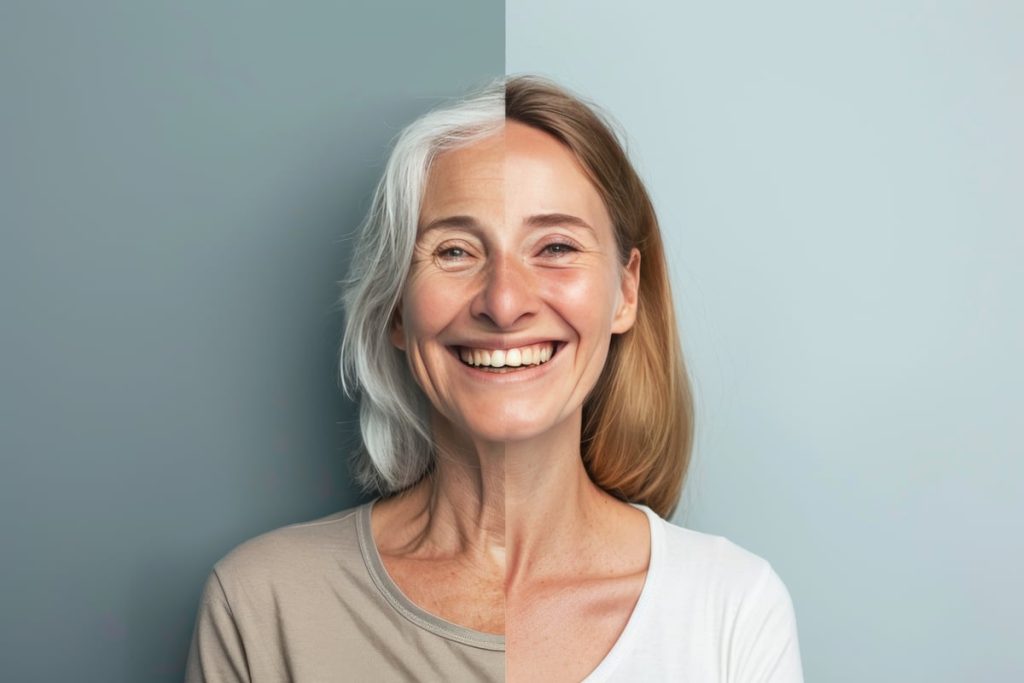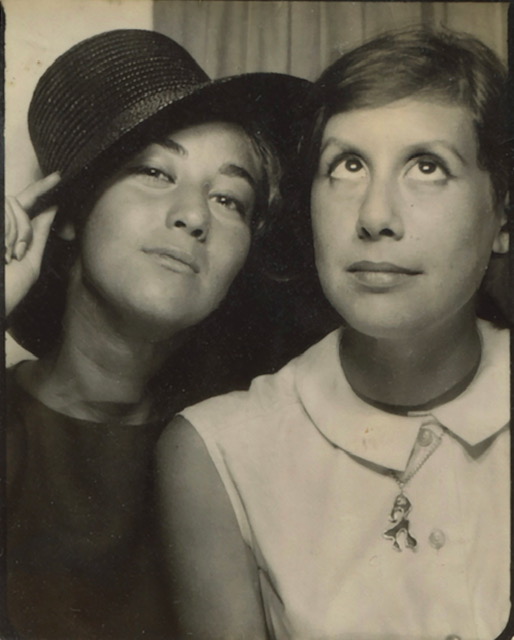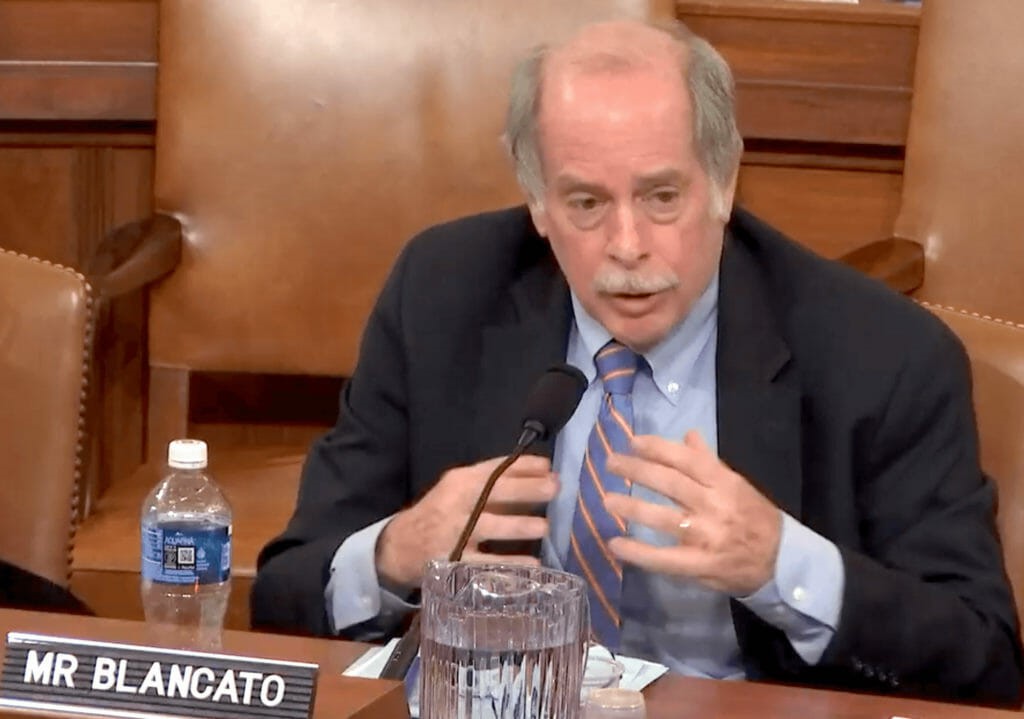
This article is the next in our series on the future of aging: interviews with people who are experts in their fields and are also visionaries. We’re asking them to talk about what they believe will happen in the years ahead to change the experience of aging.
Bob Blancato has educated Congress about elder abuse since the problem came to national light about four decades ago. Ultimately, beginning in 2003, he led the seven-year fight to get the Elder Justice Act passed. Yet it remains unfunded. Blancato believes the act could help prevent the scams and neglect that cause pain for so many older adults—and he intends to see this fight through.
In 1981, a US Senate committee released the first congressional report on a problem that was gradually coming to light—one that was “shameful” and “alien to the American spirit.” It was being called elder abuse.
The report estimated that 4 percent of older Americans were neglected or were abused physically, sexually, financially or psychologically.
Today, experts believe the number is actually closer to 10 percent. That’s about five million people 65 and older. By 2060, as America’s population ages, it could be closer to ten million.
Bob Blancato is working to prevent that.
His goal: getting the Elder Justice Act funded. It was passed in 2010 to pay for prevention, education and prosecution programs across the country, but it’s never been fully funded.
Research suggests that older people who are abused are more likely to develop depression, to be admitted to a hospital and even to die. Financial abuse alone costs older people $3 billion to $37 billion a year, according to the National Council on Aging.
Blancato believes the act could prevent a lot of this pain, but getting it funded is going to take a lot of politicking.
Fortunately for his pursuit, he has a venerable career in advocating for older Americans—dating back to a part-time job in 1973.
“When I was a junior at Georgetown University,” he recalls, “I had a professor who said, ‘You can get three credits one of two ways. You can either come hear my boring lectures or get yourself a job on Capitol Hill.’”
Blancato got himself that job.
He became a legislative assistant to Rep. Mario Biaggi, who was from Blancato’s home state, New York. The following year, Biaggi joined the newly created House Select Committee on Aging. Blancato ended up becoming staff director of the subcommittee that released that first report in 1981.
“It was an assignment that became a commitment,” he says. “If my boss had been put on another committee, I would have been assigned to work on that.”
The commitment became a passion, and today Blancato is still fighting to improve the lives of older people.
Becoming an Advocate
A few years after Blancato joined Biaggi’s staff, Florida congressman Claude Pepper, then in his 70s, became the Committee on Aging’s chairman.
“He trained a bunch of us, who were in our 20s at the time, to do advocacy,” Blancato says. “We used to call ourselves the greatest inside lobbying group that Congress ever had, because we were working as staffers, but we were doing, in effect, lobbying for improved legislation.”
In 1988, Blancato became the first vice president of the new National Committee for the Prevention of Elder Abuse. Seven years later, President Bill Clinton appointed him executive director of the 1995 White House Conference on Aging.
Then, in 2003, Sen. John Breaux of Louisiana introduced the Elder Justice Act in the Senate. “Senator Breaux called me and said, ‘Now Bob, we’re serious about this bill, and we need a dedicated coalition that will commit itself to try to get this bill passed. Since we all know you, we want you to run it,’” Blancato recalls. The group was to be called the Elder Justice Coalition.
In 2010, after seven years of coalition advocacy and congressional stalls, the Elder Justice Act passed as part of the Patient Protection and Affordable Care Act. It was a momentous win. But disappointment was in store.
So far, the Elder Justice Act has received just 8 percent of the funding Congress approved.
The act authorized $777 million to be spent over four years on various state and local programs. It could be renewed every year thereafter, as long as Congress appropriated money to it. The catch was, funding wasn’t mandated, even for the first four years.
To date, a total of $66 million has been appropriated to the Elder Justice Act—8 percent of what Congress approved.
So Blancato’s fight continues—now focused on funding the act. He is still the national coordinator for the Elder Justice Coalition. “We had five founding members, and now we have well over 3,000 different people who are part of the coalition in one form or another,” he says.
He’s also national coordinator of the Defeat Malnutrition Today coalition, executive director of the National Association of Nutrition and Aging Services Programs and president of the strategic consultation firm Matz, Blancato and Associates.
The Silver Century Foundation spoke with Blancato about his journey—and why the Elder Justice Act continues to be underfunded.
SCF: Looking back over your career, what are you proudest of?
BB: Seeing the passage of the Elder Justice Act in 2010. The process that led to that was amazing; was frustrating; was inspiring; was the good about politics, the bad about politics.
It proved the adage that there is no good policy without politics. In the end, both what we did right and what we haven’t done enough of going forward is, you’ve got to make your issues political issues as much as policy issues. If you go back home and you’re a member of Congress or a senator, you want to hear about this issue from people there. When [members of Congress] come back, they say, “What are we doing about this?” One of the jobs that we’re working on doing is improving grassroots advocacy around elder abuse.
[Blancato’s phone rings.]
Now that’s the perfect example of what we try to fight against: robocalls.
SCF: Are robocalls a major issue you’re working on?
BB: We work on that a lot. In fact, we’ve been working very closely with the Justice Department, with the Federal Communications Commission, with Congress, all about cracking down on these robocalls, particularly the ones that swindle older people out of resources. As you know, it’s a huge problem.
I give credit to this [Trump] administration—not all the time—but I do think that they have understood one dimension of elder abuse that is important, which is that it’s a crime. And that you need to put the resources of your federal agency to work when you’re running into these kind of problems.
[In 2019], the Justice Department organized a sweep, and they picked up over 200 different swindlers and got them arrested and stopped. They had fleeced older people out of some tremendous amount of money.
SCF: Which brings us to this point: elder abuse is already illegal. Why do we need an act about it?
BB: The act is more about having the resources to help people who are on the front lines of preventing elder abuse to be able to do their job better. The key feature of the Elder Justice Act was to give Adult Protective Services a dedicated funding stream, which they currently don’t have.
They are funded through a Social Services Block Grant. Block grants really mean that the state can decide where they spend the money. Under the Social Services Block Grant, you can spend it on any number of things, including Child Protective Services, home delivered meals, Adult Protective Services. But in 12 states in this country, they don’t spend a nickel on Adult Protective Services. Yet elder abuse occurs in those states.
So the rationale behind this was, let them have their own funding stream, and let us develop a decent data collection system so that we can make the case more effectively. Because right now, and for the last few years in this environment, if you have good data, you have a chance of getting money. If you have no data, then you’re in trouble.
SCF: Is there something you wish Americans understood about elder abuse that we don’t?
BB: There’s a certain degree of denial still that I run into sometimes. Like when my colleagues who work for the coalition go up to visit Capitol Hill and talk to staff people—many of them very young—they don’t grasp it; they don’t see it. But then you say, “What if it happened to your grandmother? Your parents?” And then all of a sudden, it’s a different conversation.
So what we always do—advocacy 101, you always have leave-behinds for when you walk out of a congressional office. You bring, in your little packet, a summary of the Elder Justice Act, maybe a couple of fact sheets, and then you bring a news clip from the closest newspaper you can find to that congressional office. And then the headline speaks for itself: it talks about a ring of swindlers [or] the older veteran who got caught up in a sweetheart scam with some young woman moving in with him, and then next thing you know, the guy’s out of $50,000.
Or the grandkids scandal. Statistically, the average victim of elder abuse is an older woman living alone between the age of 75 and 80. The Census Bureau says that about 47 percent of all women 75 and over in this country now live alone. So you can see where the potential is for problems, right?
This is how I introduce this topic when I go out on the road and I talk to people who may not be that familiar with it. I say, “OK, let’s pretend for a moment that you’re an older woman, and you’ve been home all day. No one’s talked to you, no contact of any kind. The phone rings at 4:00. And you pick it up. And it’s a human voice; it’s contact. But guess what else it is. It’s a scammer, who’s trying to take advantage of your situation of wanting to have contact with somebody.”
The minute you establish trust with an older person and you violate that trust, that’s elder abuse. It can happen between family members, it can happen with outsiders, it can happen on the telephone, it can happen with somebody driving down the street and they come knock on your door and say, “Look, there’s a big tree limb hanging over the back of your roof, and I’m more than happy to get rid of that for you, if you’ll just give me a check for the parts and stuff. I’ll be back later.” And then they never come back.
But there’s this one in particular that—and even with all the years I’ve worked, I don’t understand how this works—but you’re at home. The phone rings. “Hi, it’s your grandson. I’ve been arrested in Canada. I need $3,000 in bail money right away. Here’s where you send it.” And they make the voice sound like it’s actually your grandchild. It’s amazing! That’s the one I really hope they can bust, because there’s obviously an organized ring that’s doing that.
But the point is, you have to humanize this issue in the best way you can, so that people understand that it does exist. And that’s been a struggle.
The Child Abuse Prevention and Treatment Act was passed in 1974. It became law. And we’ve now spent $8 or $9 billion helping to combat child abuse, which we should do. We passed a law in 1992 called the Violence Against Women Act to cut down on domestic violence, which we should do. But it took us until 2010 to pass an elder abuse bill—the Elder Justice Act—and we’re still struggling to get the money!
SCF: Why do you think that is?
BB: I’ll give you two reasons. One is, as fate had it, the Elder Justice Act only became law because of a strange process. The Elder Justice Act passed a very key Senate committee on two or three different occasions, but they could never get it over the finish line and get it passed in the full Senate and the full House.
So a wonderful human being, a former senator from Utah named Orrin Hatch, who was one of the authors of the Elder Justice Act, said to me in 2009, “Bob, despite the merits of this bill and all the good things that this bill could do, it’s never going to pass by itself. So you need to figure out what’s a moving vehicle—a bigger bill that’s going to come out of this committee that we can attach the Elder Justice Act to.” And I said, “OK, that’s great advice; we’ll monitor that situation.”
Well that year, the only bill that came out of the finance committee was the Affordable Care Act. And when Obama got elected and the administration found reason to support the bill—as compared to the previous administration, which opposed it—we said, “Well, I guess if this is the only vehicle we have, then let’s do our best to get it included in the final bill.”
That’s where one of the problems was: that bill never got a single Republican vote. And if you weren’t mandatorily funded in that bill, you had to go out year after year to go and get funding from the Appropriations Committee.
Its placement in that bill hung over us for a long time. But at the same time, we wouldn’t have had a law if there wasn’t a place to put it.
SCF: And nothing’s changed, right? It’s still part of that bill and you’re still having trouble getting funding?
BB: In a technical sense, yeah. I mean, technically speaking, the Elder Justice Act was a four-year bill, and its authority expired a number of years ago. But as long as you get funded, even at a small level, you have the organic ability to continue. But we don’t want to be in this limbo status forever. That’s why we want to get a new version passed to provide the authority to continue the work of the Elder Justice Act that’s already been started.
Little by little, we are seeing more support come forward. But our strategy going forward will be much more focused on the money side this time.
SCF: Are you saying that the focus is passing a new version of the bill that is fully funded?
BB: We’re going to be seeking to get the bill that was passed repassed with a couple of changes, and then be more aggressive in the year-to-year funding cycle to get increased appropriation.
SCF: Let’s say, poof! The bill is fully funded. What’s the most important thing you’d like to see done first? Or what’s the biggest thing we’re missing out on by not having it funded?
BB: Well, your cases of elder abuse would drop, for a starting point.
If you had an adequately funded Adult Protective Services operation—which does a number of things: it initially does investigation when a report comes in about the potential of elder abuse. It will seek to get a remedy for that particular case, whether it’s a prosecution or something else. But it also engages in educational activity to help prevent elder abuse to begin with.
And then with the ombudsmen: if you have access to the nursing home and you are handling complaints that come in and you’re reporting them, you’re helping to reduce the instance of abuse in nursing homes.
If you can fund what they call forensic centers, so that when an older person goes to an emergency room with a bruise, and they assume it was a fall but it could have been physical abuse, a forensic center will teach you as an emergency room person what the difference is and how to look for it.
And then there’s funding for adequate staffing in nursing homes that was included in the Elder Justice Act. Right now we definitely need to step that up a little bit.
But I’ll tell you, the one good thing that has occurred—that continues to occur and has been done by both the Obama and the Trump administrations—that came out of the Elder Justice Act was the creation of what they call the Elder Justice Coordinating Council.
This is 15 federal agencies—all of whom have some work going on in the space of elder abuse prevention—coordinating their activities so they get maximum value for the dollar. So the Postal Service Inspection System can sit down with the Department of Justice. The Department of Health and Human Services can sit down with the Social Security Administration. And they can all compare notes on what work they’re doing to help prevent elder abuse, but under some direct authority to coordinate that activity.
It’s been great to see. I testified before the first meeting that this group had, in 2012. The cochairs at the time were the secretary of [Health and Human Services] and the attorney general. So they were there briefly to do their thing. And then each other agency introduced themselves and talked a little bit about what they were doing in the space, right? And I’m watching these other agencies—they were writing these notes down like this was the first time they ever heard about this. And I’m like, this is why you exist. This is exactly why you exist.
Once we can put it in one place, then we’re at least doing something with what we have, to make a difference, to make a dent. So that stays. That continues. It’s very important work. That’s probably one of the more important features of the Elder Justice Act.
SCF: Is there one form of elder abuse that’s most pressing to get a handle on or that bothers you the most?
BB: The thing that bothers me the most is the growing cases of self-neglect. Statistics say basically that it’s in the top three categories of the fastest growing forms of elder abuse. And what bothers me about that is it coincides with the increased focus on isolation and loneliness among older people.
When you get to the status of being a victim of self-neglect, that means you’ve been abandoned.
SCF: No one is making sure you’re taking care of yourself.
BB: And there are some victims of self-neglect who were victims of neglect prior to that, where somebody was “taking care of them” but really wasn’t, and then they walked away or whatever and left these people on their own. We really have got to improve our understanding of the issue and how to deal with it, because it’s the saddest of them all, frankly.
The one that’s probably the most prevalent is financial elder abuse. The data suggests that older people lose as much as $3 billion a year [as] victims of financial abuse. But there is activity going on, at the federal level and at the state level, to combat financial abuse and exploitation. It’s tangible. You can put out tips: don’t do this; look out for this; be aware of this. That one’s a little easier. None of them are easy, but this is a little easier than dealing with self-neglect.
SCF: If someone wants to support funding the Elder Justice Act, is there anything they can do?
BB: Write a letter to your senators and your congressperson and ask them what their position is on it. Wait to see what comes back, and then take your follow-up from there.
The people who are really creative will do things like get letters to the editor published during the holidays, for example, which is a time when everybody starts thinking about elder abuse, because it happens a lot in the holidays.
And then the other thing you can tell them to do is to go to our [website], www.elderjusticecoalition.com, and join us.
This interview has been edited for length and clarity.
Leigh Ann Hubbard is a professional freelance journalist who specializes in health, aging, the American South and Alaska. Prior to her full-time freelance career, Leigh Ann worked at CNN and served as managing editor for a national health magazine. A proud aunt, Leigh Ann splits her time between Mississippi and Alaska.
